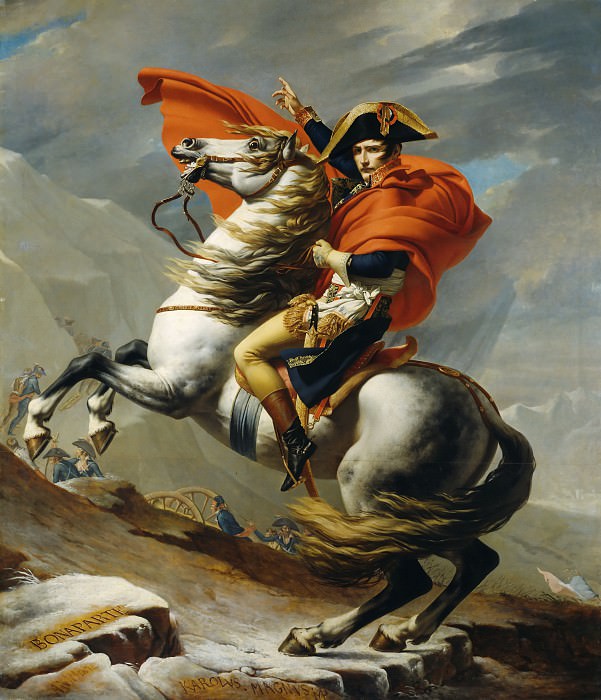The Artistic Legacy of George Catlin
George Catlin, an American artist, author, and traveler, is renowned for his vivid and poignant depictions of Native American life. Born in Wilkes-Barre, Pennsylvania, in 1796, Catlin’s fascination with Native American culture and the American frontier became the driving force of his artistic career. He is best known for his extensive collection of paintings that document the lives, customs, and landscapes of various Native American tribes during the early 19th century. His works provide an invaluable glimpse into a world that was rapidly changing and, in many cases, disappearing due to the expansion of European settlers across the continent.
Early Life and Influences
Catlin’s early life was marked by a deep curiosity and admiration for the Native American peoples he encountered. This interest was sparked by stories from his mother, who had been captured by Native Americans as a child. These tales, combined with the cultural milieu of the early American frontier, fostered a lifelong passion for capturing the lives of Indigenous peoples through art. Initially trained as a lawyer, Catlin soon abandoned the legal profession to pursue his true calling as an artist. His decision to focus on Native American subjects was both pioneering and controversial, as few artists of the time chose to document the lives of Indigenous peoples with the depth and respect that Catlin did.
The Great Plains and the American Frontier
In the early 1830s, Catlin embarked on a series of journeys that would define his career. He traveled extensively across the American frontier, visiting Native American tribes in the Great Plains, the Mississippi River Valley, and the Rocky Mountains. During these travels, Catlin produced hundreds of paintings, capturing the daily lives, ceremonies, and landscapes of the tribes he encountered. His work was characterized by a remarkable attention to detail and a deep respect for his subjects, qualities that set him apart from many of his contemporaries.
Catlin’s most famous series of works, collectively known as the "Indian Gallery," is a comprehensive visual record of over 50 tribes, including the Sioux, Blackfeet, Crow, and Cheyenne. His paintings provide a rare and intimate glimpse into the lives of these tribes during a time of profound change. From detailed portraits of tribal leaders to depictions of hunting scenes and religious ceremonies, Catlin’s work offers a multifaceted view of Native American culture that was unmatched in its time.
Ethnographic Documentation through Art
George Catlin’s work goes beyond mere artistic expression; it serves as an ethnographic record of the Native American tribes he encountered. His paintings are not only visually striking but also rich with cultural and historical significance. Catlin’s keen observational skills allowed him to capture the intricacies of Native American dress, tools, and traditions with a level of accuracy that makes his work an invaluable resource for historians and anthropologists.
One of the most significant aspects of Catlin’s work is his commitment to preserving the dignity and humanity of his subjects. Unlike many of his contemporaries, who often depicted Native Americans as either noble savages or barbaric enemies, Catlin portrayed them as complex, multifaceted individuals with rich cultural traditions. His portraits of tribal leaders, in particular, are noted for their sensitivity and respect, capturing not only the physical likenesses of his subjects but also their personalities and status within their communities.
Challenges and Controversies
Despite the significance of his work, Catlin faced numerous challenges throughout his career. His decision to focus on Native American subjects was not always well-received by the American public or art critics, many of whom were more interested in romanticized depictions of the frontier or European-inspired landscapes. Catlin’s financial struggles were also a constant concern, as he often had difficulty finding patrons or buyers for his work.
In an effort to raise funds and awareness for his project, Catlin took his Indian Gallery on a tour of the United States and Europe. While the exhibition was well-received in some circles, it also attracted criticism from those who viewed Catlin’s work as exploitative or sensationalist. Despite these challenges, Catlin remained committed to his mission of documenting and preserving Native American culture through his art.
Legacy and Impact
Today, George Catlin is recognized as one of the most important figures in American art and ethnography. His work provides a unique and invaluable record of Native American life during a period of dramatic change. In addition to his paintings, Catlin also published several books, including "Letters and Notes on the Manners, Customs, and Condition of the North American Indians," which provide further insight into his experiences and observations.
Catlin’s work has had a lasting impact on both the art world and the field of anthropology. His paintings continue to be studied and admired for their artistic merit and ethnographic value, and his legacy as a pioneer in the documentation of Native American culture is firmly established. The Indian Gallery, now housed in the Smithsonian American Art Museum, remains a testament to Catlin’s vision and dedication.
Conclusion
George Catlin’s art offers a window into a world that has been irrevocably changed by history. His paintings capture the richness and diversity of Native American cultures with a depth and sensitivity that was unparalleled in his time. Through his work, Catlin not only documented the lives of the people he encountered but also preserved their stories for future generations. His legacy as an artist and ethnographer endures, providing a lasting reminder of the importance of cultural preservation and respect for all peoples.




